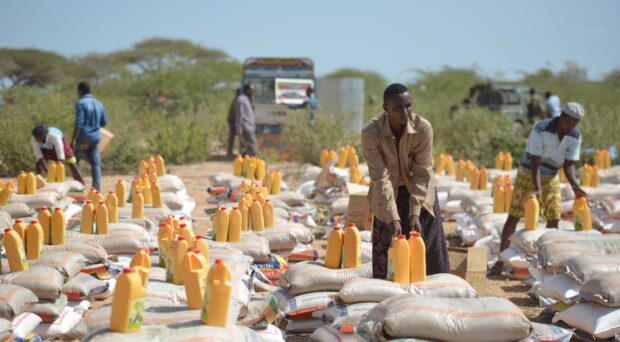
Neglected Tropical Diseases
(NTDs) are a group of 20 diseases that afflict millions of people around the world, especially in low- and middle-income countries. These diseases can cause serious health problems including disfiguring disabilities and even death. The WHO launched a road map with set targets and milestone to help prevent, control, eliminate or eradicate NTDs and outlines key challenges that national programmes need to tackle. It highlights complex challenges such as climate change, political instability, and population movement, yet little is known about their burden and impact on disease transmission and programme implementation.
A new study in the BMJ Open Journal by members of the Neglected Tropical Diseases Non-Governmental Organisation Network (NNN), Conflict and Humanitarian Emergency (C&HE) Cross-Cutting Group – mapping team took steps to address these intersecting challenges at a broad geographical scale by examining the national burden and potential risk of conflict- and climate (natural disaster)-related internal displacement in countries in the WHO African region that are endemic with NTDs requiring preventive chemotherapy as a main intervention: lymphatic filariasis, onchocerciasis, schistosomiasis, soil-transmitted helminths, and trachoma.

Burden and risk stratification
The NNN C&HE mapping team used a key data source on internal displacement from the Internal Displacement Monitoring Centre to quantify and map the millions of internal displacements or movements driven by conflict- and/or natural disaster- related events in one year (2021 data). It used a stratified approach including simple classifications (high and moderate-low) and risk combinations of NTD, population, and internal displacements to summarise and map the overlapping burden, and to start to better understand the potential risk and impact of intersecting challenges. The main findings include
- 31 countries with four or more NTDs requiring preventive chemotherapy i.e.,‘High NTD’ countries, had reported data on conflict- and/or climate-related internal displacements in 2021
- Conflict-related internal displacement numbers ranged between 1 million-5.1 million across 10 ‘High NTD’ countries
- Natural disaster-related internal displacement numbers ranged between 0.89 million-24 million across 10 ‘High NTD’ countries
- Stratification found that different countries had different risk combinations with many reporting high numbers of conflict ‘High conflict’ and others climate or natural disaster ‘High disaster’ related internal displacements
- Three countries were found to be ‘High NTD’ countries with very high populations ‘High populations’ and had both ‘High conflict’ and ‘High disaster’ displacement numbers totalling > 9 million in 2021 and may be considere most vulnerable
- Natural disaster frequency and cause varied widely with up to 80 events reported in one country alone and 150 flood events reported across 11 countries, causing 0.85 million internal displacements.
Call to action
These findings underscore the urgent need to address the impact of climate change and conflict on NTD control and elimination efforts. With these challenges poised to increase and potentially intensify in the coming decade, it is imperative that practical strategies are developed to mitigate their repercussions.
The authors, who are from different institutions and work closely with many NTD national programmes as implementing partners and/or research collaborators, call on governments, donors, and health organizations to take action to address the challenges and put forth an overarching set of recommendations as next steps that include the development of:
- preferred practices
- data platforms
- decision support tools
- advocacy and communication
- implementation research strategies

Comments